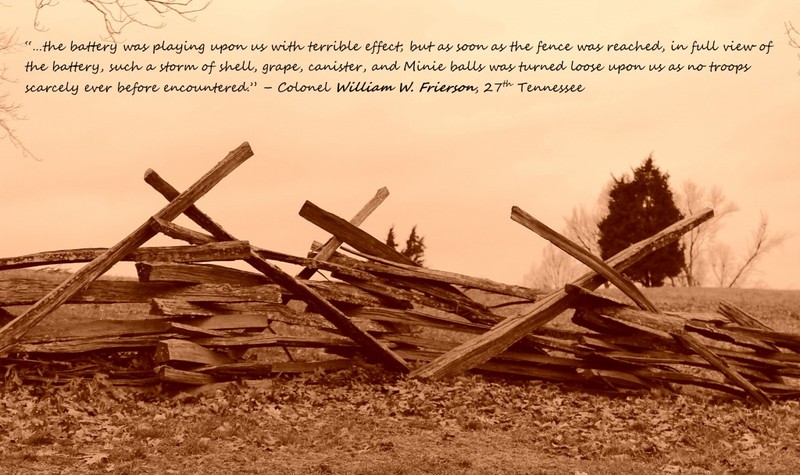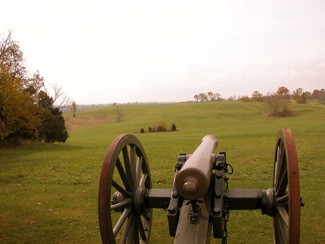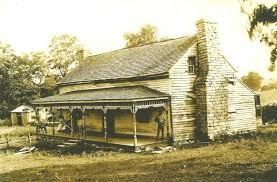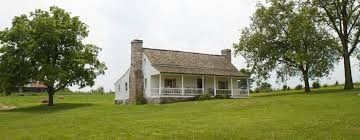Perryville Battlefield State Historic Site
Introduction
Text-to-speech Audio
The Civil War Battle of Perryville is the largest battle in Kentucky history. Though a tactical victory for Confederate General Braxton Bragg, it marked the end of the Confederacy's attempt to take Kentucky. Bragg retreated to Tennessee soon after the battle. For a time largely forgotten outside of Kentucky, the Battle of Perryville was an important engagement in the war's western theater. The Battle is sometimes referred to as the Battle of Chaplin Hills.
Images
Image and description of one portion of the battle written by Colonel William W. Frierson of the 27th Tennessee

Picture of a portion of the battlefield

Squire Bottom's house in the 1880s

Squire Bottom's home today

Backstory and Context
Text-to-speech Audio
The battle was fought on October 8, 1862, between the Union Army of the Ohio, commanded by Maj. Gen. Don Carlos Buell, and the Confederate Army of Mississippi, commanded by Gen. Braxton Bragg. The battle was a tactical victory for the Confederates, but a strategic victory for the Union because Bragg withdrew his army from the Kentucky, which remained in Union hands for the remainder of the war.
Perryville's homes and farms were left in shambles by the battle. Henry P. Squire Bottom, a slave-owning Unionist on whose farm a significant portion of the battle was fought, suffered losses of pork, corn, hay, and wood to Union soldiers who remained in the area for weeks after the fighting. During the battle Bottom also had significant damage to his farm, including the loss of a substantial barn filled with hay that burned completely due to artillery fire from a Confederate battery. Other accounts note that nearly all residents of the area suffered some losses as well as having their homes and outbuildings used as field hospitals.
The main force of the Union army had buried most of their dead in long trenches before pursuing Bragg, but most of the Confederate dead were still unburied a week after the battle. Union soldiers finally forced local residents to help them lay the dead in shallow trenches carved in the dry soil. Two months later, 347 were reburied in a mass grave on Bottom's land. In 1886 a total of 435 Confederates were buried on Bottom's land; this land was chosen because their dead lay thickest on the eastern slope. Although Bottom claimed that about 100 were identified, the only remnants of the cemetery were a corner of a stone wall and one headstone—that of Samuel H. Ransom of the 1st Tennessee Infantry CSA.
An interpretive museum is located near the site where many Confederate soldiers killed in the Battle of Perryville were buried. Additionally, monuments, interpretive signage, and cannons mark notable events that occurred during the battle.
Sources
Noe, Dr. Kenneth, “Remembering Perryville: History and Memory at a Civil War Battlefield”,
Popular Culture Association and American Culture Association Conference, Apr. 14, 2001, Accessed from perryvillebattlefield.org on July 3, 2015.
